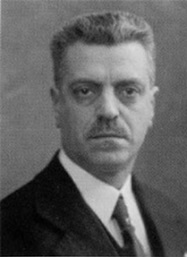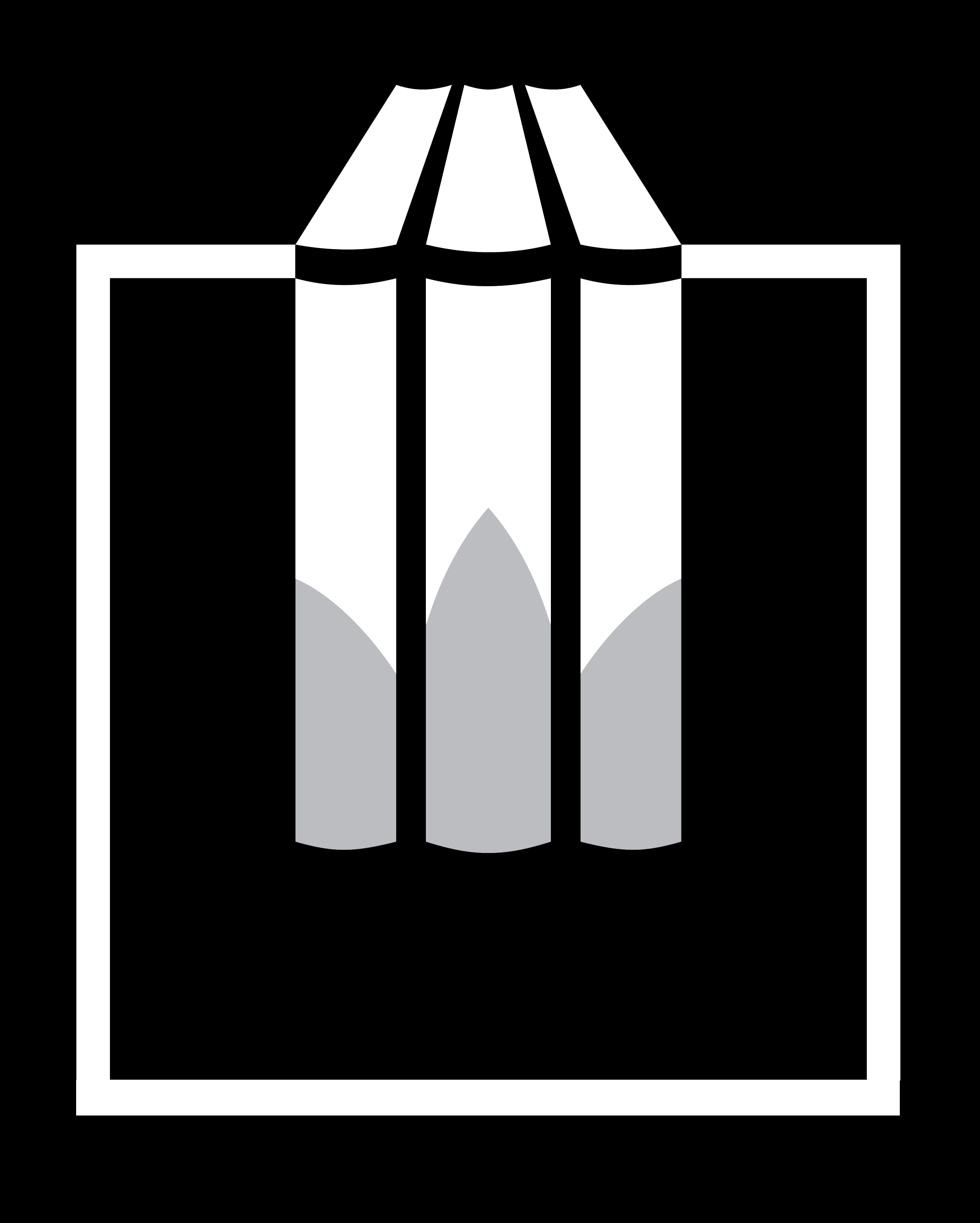Enrie Giuseppe (1886–1961)
Wojciech Kucewicz ![]()
AGH University of Science and Technology, Kraków, Poland
Was an Italian professional photographer. He was born in Ceresole Alba, near Turin. From 1911 he worked as a professional portrait photographer in the Piedmont’s capital and worked as a representative of the second wave of Italian Futurism (late 1920s and 1930s). His work was exhibited at prestigious photographic exhibitions (Enrie 1931; Giuseppe Enrie 2022). G. Enrie had a good reputation among Turin photographers and this led him to be commissioned by King Victor Emmanuel III, the owner of the Shroud, to take photographs of it, which was to be done during the public exhibition in May 1931 in connection with the wedding celebrations of Prince Humberto II and Marie Joseph of Belgium.

Giuseppe Enrie was the first photographer to have the opportunity to take a picture of the Shroud that was not covered by protective glass. The photographs were taken in a manner similar to that adopted by →Secondo Pia: a camera was used to expose glass plates covered with photosensitive material. After development, a negative image was obtained. Since the first photograph of the Shroud was taken, the quality of photographic materials had clearly improved. Giuseppe Enrie used plates whose spectral sensitivity was considerably broadened towards yellow and orange light, which improved the quality of the photographs, given the natural colour of the Shroud. The Turin photographer was considered a master of his craft, and the images he took were of the highest quality because, thanks to his own techniques of exposure and film development, he was able to improve the tonal range of the image and thus extend the spectral sensitivity to 660 nm and even longer (Bracaglia 2020).
The first photograph was taken on the evening of 3 May 1931. It was a test photographic plate, which was developed almost immediately in an improvised darkroom organised in the sacristy of Turin Cathedral, and the result was presented for approval to Cardinal Maurili Fossati, Archbishop of Turin, who also acted as custodian of the Shroud. The photographic session was also attended by the aforementioned S. Pia—the first photographer of the Shroud, Paul Vignon (de Gail 1983)—a French biologist and philosopher, one of the first researchers of the Shroud, and Father Antonio Tonelli—a Salesian, an expert on the Turin cloth. Having obtained the cardinal’s approval, the photographer took six more photographs. A further two sessions, during which he took an additional three photographs per session of the relic, took place on 21 and 22 May. All the plates were developed by the photographer in his professional laboratory on Garibaldi Street in Turin. He described his work on the photographs, including technical details, in his book La Santa Sindone rivelata dalla fotografia, published in 1933 (Enrie 1931).
The new shots proved to be an irrefutable confirmation of the first photograph of the Shroud, taken earlier by S. Pia. In the photographs, it was again possible to observe that the image on the Shroud is similar to a photographic negative, since the image appearing on the negatives has all the characteristics of a positive. The quality of the photographs by G. Enrie’s was incomparably better than that of Pia’s photograph. Their resolution was so high that even today they are used for research purposes. Using the photographs of G. Ernie, in 1974 John Jackson detected the three-dimensional properties of the image on the Shroud, while André Marion discovered inscriptions on the Shroud that are not visible to the naked eye. It was not until 1969 that further official photographs of the Shroud were taken (Giuseppe Enrie 2022) (see →Photographs of the Shroud).
References
Bracaglia G., The Photographic Film and Processing Techniques of the Enrie Images, [in:] The International Conference of the Shroud of Turin at Ancaster, February 2020 Canada, https://doi.org/10.13140/RG.2.2.11000.80646.
de Gail, P. SJ, Paul Vignon, “Shroud Spectrum International” 1983, No. 6, [on-line:] https://www.shroud.com/pdfs/ssi06part7.pdf – 6 IV 2022.
Enrie G., Detail of the Shroud of Turin, May 1931, The Met, [on-line:] https://www.metmuseum.org/art/collection/search/687615 – 6 IV 2022.
Giuseppe Enrie, Wikipedia, [on-line:] https://fr.wikipedia.org/wiki/Giuseppe_Enrie – 6 IV 2022.
Source of Image
Homiletic and Pastoral Review, https://www.hprweb.com/2016/03/the-shroud-of-turin/ (public domain)
